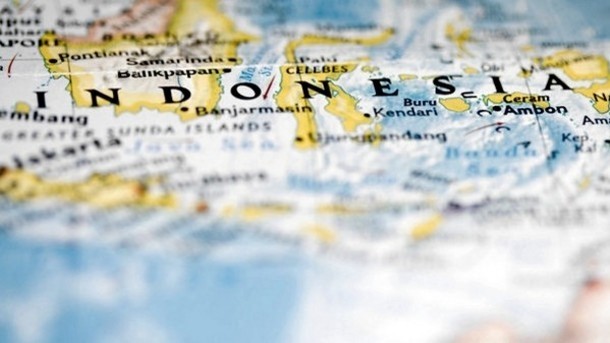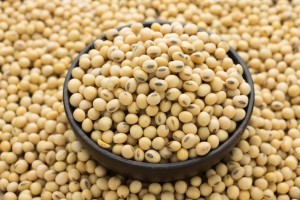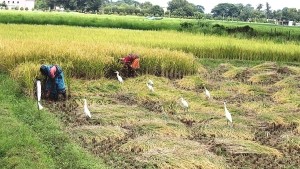South Asia radius
Indonesia and India agree to break down regulatory barriers

Minister of commerce and industry Suresh Prabhu also raised the issues of regulatory barriers for dairy and bovine exports during a meeting with his counterpart, Enggartiasto Lukita.
The meeting ended with the Indonesian side agreeing to inspect dairy, vegetable and meat manufacturing plants with a view to granting them registration, the Indian delegation said in a statement.
Appearing on good terms after a “frank and open” meeting, the ministers also agreed to deepen economic cooperation by giving government, businesses and entrepreneurs greater access to each other’s markets.
They said they would speed up the progress of working groups on investment and find ways to lift trade barriers, the statement said.
"These working groups will also look into facilitation of services and areas of mutual interest between both the countries," it added.
Lukman revealed that some of the discussions could take place over video conferencing—between the ministers as well as officials.
"We agreed to promote business on both sides which will benefit our citizens. We also agreed to explore new areas of cooperation," Prabhu said in a tweet.
Speaking to reporters afterwards, he said: "We have already identified areas where there are certain issues... so we have decided to set up working groups to address those issues immediately," he said.
Bilateral trade between India and Indonesia increased to US$16.9bn in 2016-17 from US$15.95bn the previous year.
US calls on India to open up to GM soybean
India must open up to genetically modified soybean if it wants to keep up with domestic demand, according to the agriculture representative of the American Embassy in Delhi.
“For India to increase production, it should allow the use of innovative technologies, including GMOs,” said Scott Sindelar at a conference in the capital.
Alternatively, the world's fifth-biggest producer should start importing from overseas, like neighbouring Bangladesh, Sindelar told the event.
Despite its lofty position in the global rankings, India produces barely a tenth of America's output of 120m tonnes, despite a considerably higher population that mainly purchases vegetarian ingredients, and a massive feed market.
As a result the country must find ways to boost production and supply, Sindelar added.
Soybean is among the few plants to provide high quality protein and nutrients with low levels of saturated fat, according to Ratan Sharma, head of the soy food programme of the US Soybean Export Council.
As such, the government should include soy as the main nutritional ingredient for a range of nutrition and child welfare programmes, Dr Sharma urged.
Yet India is missing a trick due to its focus on using soy as feed, resulting in a lack of speciality beans grown there for human consumption. This has in turn been limiting the growth of soy food sector with limited value addition possibilities.
Though soy processing has recently emerged as a good source of employment, a lack of proper processing technology has been holding it back, despite 10% annual production growth. By not keeping up, India will need to find other soy sources, including imports and GMOs, Dr Sharma added.
Only an improved cold chain can raise farmers’ income
Though the government has embarked on a number of projects over recent years to improve farm production, some states are yet to realise the importance of post-harvest management and have been missing out in revenue as a result, according to agriculture officials.
India is lacking a robust supply system that can improve farming income by reducing the considerable wastage—sometimes up to 40% of production—that blights India’s rural areas.
“India’s greatest need is for an effective cold chain solution that will integrate the supply chains for agricultural commodities from their respective production centres to consumption centres, thereby reducing physical waste and loss of value of perishable commodities,” said Pawanexh Kohli, advisor to the National Centre for Cold Chain Development.
Being largely unorganised, the supply chain suffers from a lack of transport facilities, meaning greater reliance on middlemen, he added.
In the process of bringing produce to market, losses occur in the quantity and quality of the produce, owing to improper facilities and poor handling practices employed by these intermediaries.
“We need to protect those who provide food for all. The doubling of farmers’ income is not possible without doubling the sales and doubling market rate of the agricultural produce, and cold chain is a key enabler to make this happen,” added Kohli.










